A question of TABLE MANNERS
Drastic changes in the way we deal with one another raise questions about the way Chinese dine, Zhang Lei reports.

When compilers of those annual lists of new words and expressions come out with their latest effort at the end of this year, can there be any doubt that among them will be the term social distancing?
As the COVID-19 pandemic has unfolded in dozens of country's over the past few weeks governments battling to stop the virus in its tracks have urged their citizens to take extraordinary steps to protect themselves and their compatriots, and social distancing has been near the top of the measures adopted and enforced.
Recently a photograph published in China promoting the idea of dining alone and with one's own plates and dishes set off a storm a lot bigger than you'll find in a Chinese teacup. Some saw the suggestion almost as sacrilege, running totally counter to the idea of communal eating that goes back centuries in Chinese culture, while others wondered whether, like the near disappearance of the Chinese tunic suit, it was just another sign of changing times.
Chinese eating and dining customs have long favored large serving plates on a round table surrounded by many people, whereas Westerners and Japanese eat meals on individual plates even when dining with family and intimate friends.
However, some food culture experts reckon that things are not so clear-cut regarding China's eating habits down the ages. They paint a picture showing that at various periods dietary culture slowly switched, and in fits and starts from individual food serving in early dynasties to communal dining.
"Everyone sat on the floor, each with a small table before them in dynasties before the Song Dynasty (960-1279), and China's individual serving goes back earlier than the Qin Dynasty (221-226 BC)," says Wang Xiqing, of the Chinese Cooking Association.
Archaeologists have discovered from many pottery shards cooking tripods with hollow legs unearthed in Yin Ruins in Anyang, Henan province, and each tripod is only big enough for one person to prepare one meal. The utensil is for cooking porridge, and it can be inferred that at that time food was divided into portions for each person.
"Before the Qin Dynasty, people were used to sitting on the floor and setting out the feast," Wang says."Social hierarchy had a bearing on the way people could eat. The emperor could have five sets of food and noblemen two. The aristocracy paid great attention to the use of ding, that cooking vessel in the shape of a tripod. The number of ding indicated the identity and prerogative of the host and guests, the specifications of the feast, and the richness of the food. The higher your status, the more ding you used and the higher quality the meal you enjoyed."
There are also many historical anecdotes that attest to individual food serving. Using superior text that convey rich ideas, Records of the Grand Historian compiled by Sima Qian in the Western Han Dynasty (206 BC-AD 220), brings together some of the more colorful examples.
In the Warring States Period (475-221 BC), Lord Mengchang recruited hundreds of skilled people from all around China. When they dined he treated them as equals, regardless of their family background. They ate the same food and wore the same clothes as he did.
According to one account, at one of Mengchang's many banquets, a newly arrived knight was invited. As the knight dined, the candlelight that might have given him a good view of what he was eating was blocked by a servant, and the knight suspected that the aim was to hide from him the fact that his meal was inferior to Mengchang's. Furious at the way he was being treated, the knight put down his chopsticks and was about to storm out before Menghchang convinced him that they were eating exactly the same food. Ashamed of his behavior, the knight pulled out his sword and was about to cut his throat before being stopped.
Wang Renxiang, a researcher in the Institute of Archaeology at the Chinese Academy of Social Sciences, says the advent of communal dining occurred about the time of the Tang Dynasty (618-907), with many touches of the modern Chinese way of dining.
"Changes in the ways meals were shared did not just happen overnight," Xinhua News Agency recently quoted Wang as saying. "There is a period of transition in which some distinctive characteristics of communal eating appeared, but the way of sharing meals was not completely abolished."
Wang uncovered related information in the masterpiece Han Xizai's Night Banquet by Gu Hongzhong, a Southern Tang painter.
One account tells of aristocrats reclining on beds or chaises lounges enjoying the performance of a young woman playing pipa, a plucked string instrument with a fretted fingerboard. A few small tables are nearby, and in front of each person are eight plates, in each of which identical delicacies have been served. A set of utensils, including spoons and chopsticks, lie alongside each plate.
Wang believes this shows that the restraints imposed by the dictates of separate dining still exerted some influence after communal dining emerged.
By the late Tang Dynasty eating communally had become almost de rigueur. However, even when people sat together the food was still served separately, and diners used their private utensils such as chopsticks, thus reducing the risk of germs being passed on.
"But it foreshadowed an inevitable change to communal dining,"Wang says.
High chairs and tables introduced in the late Tang Dynasty, a result of closer interaction among different nationalities, brought a gradual change in eating patterns, and it became increasingly common for everyone to eat around the table. In the middle and latter part of the Song Dynasty, the custom that most Chinese families now follow, sitting and eating together, with dishes shared, became established.
···
Last year the Youth United Questionnaire Network conducted a survey on dining habits. When eating at home, 46.4 percent of the 2,007 respondents said, they preferred individual servings. Dining out, the figure was 56.2 percent, and 72.9 percent of respondents said they favored public chopsticks.
Zhang Xu, a member of the Chinese Nutrition Society, forecasts that following the COVID-19 epidemic, a similar survey conducted now would show that many more Chinese would favor the idea of separate dining.
When SARS broke out in 2003 the China Hotel Association drew up standards for meal-sharing titled Conditions and Service Specifications for the Meal-sharing Facilities in the Catering Industry.
The COVID-19 epidemic has prompted Zhang to readdress the issue, with a view to greatly reducing the spread of diseases. On March 5 the association proposed measures on "using public spoons and chopsticks to cultivate healthy living habits". Some provinces and cities have also adopted dining standards and measures.
Meal-sharing is a product of history, Zhang says.
"The kind of meal-sharing used in the Tang Dynasty that combines an essential individual portion food etiquette with a warm communal dining atmosphere could be a paradigm for ensuring that one can both maintain food hygiene and Chinese traditions."
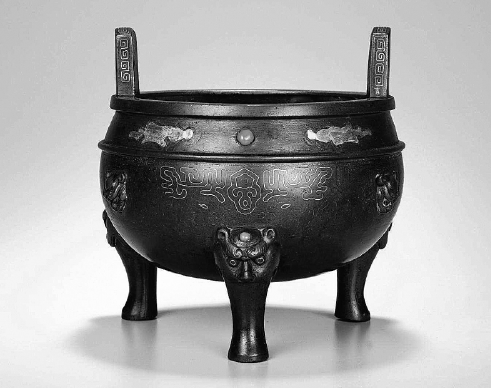
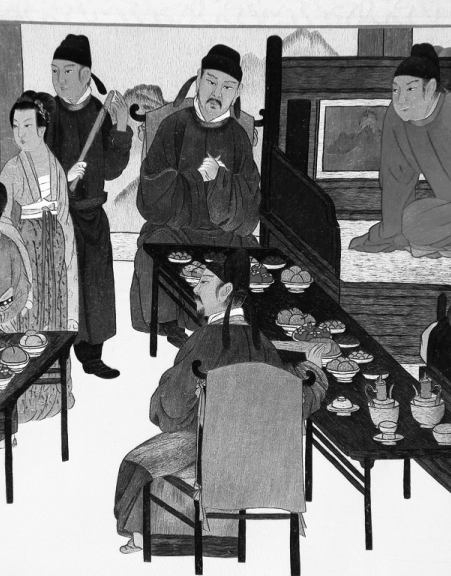
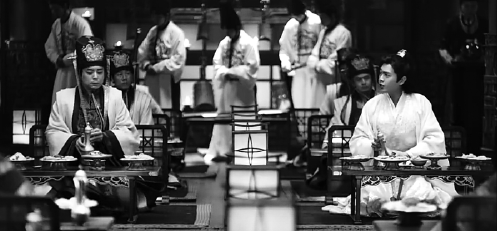
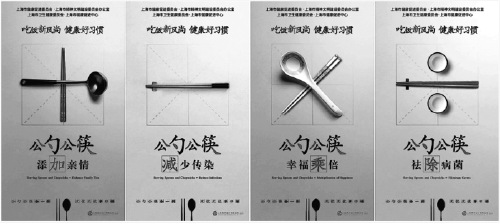
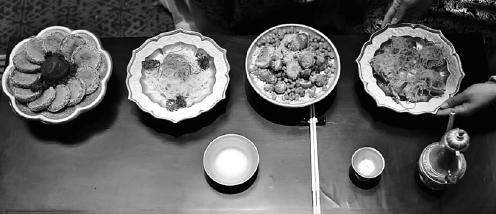
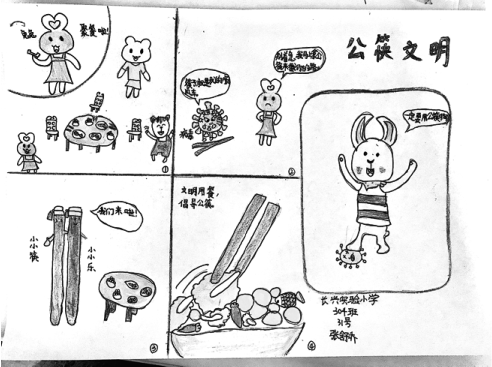
Today's Top News
- Xi urges studying, absorbing netizens' opinions in formulating 15th Five-Year Plan
- Yuan eyes greater role among safe-haven assets
- China set to clean up online health content
- China, EU can shape climate governance
- Chengdu gearing up for World Games
- Beijing, Kathmandu aim for new heights in relations






























